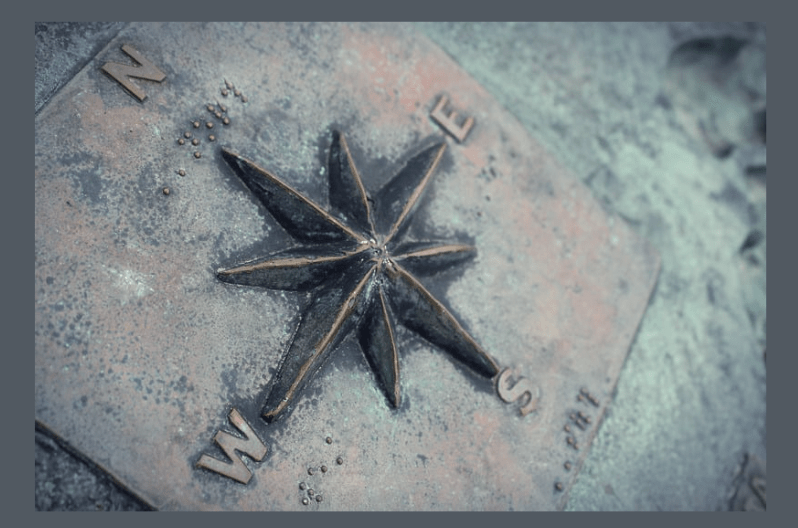Breathing Easy: Navigating the Intersection of Indoor Air Quality, the Built Environment, and Disaster Restoration
In the vast landscape of the cleaning and restoration industry, where professionals are tasked with restoring not just buildings but also the health and well-being of occupants, few factors are as central as indoor air quality (IAQ). As buildings become increasingly airtight for energy efficiency, the quality of the air we breathe indoors becomes a pressing concern. Moreover, when disasters strike—whether floods, fires, or mold infestations—the delicate balance of IAQ is often disrupted, posing significant challenges that require a multifaceted approach to restoration.
Understanding IAQ in the Built Environment
The built environment, comprising residential, commercial, and public spaces, serves as the backdrop for our daily lives. Modern construction techniques have prioritized energy efficiency, resulting in buildings that are tightly sealed to minimize heat loss or gain. While this reduces energy consumption, it also traps pollutants indoors, leading to a buildup of contaminants that can adversely affect IAQ.
Common sources of indoor pollutants include volatile organic compounds (VOCs) emitted by paints, adhesives, and furnishings, as well as allergens such as dust mites, pollen, and pet dander. Additionally, building materials themselves may release harmful substances over time, further compromising IAQ. The cumulative effect of these pollutants can manifest in various health issues, ranging from respiratory discomfort to more severe conditions like asthma and allergies.
Challenges in Disaster Restoration
Disasters, whether natural or man-made, pose unique challenges to IAQ and require specialized restoration efforts. Floodwaters, for instance, introduce a host of contaminants into indoor environments, including mold, bacteria, and chemicals from sewage and industrial waste. Without prompt and thorough mitigation, these contaminants can proliferate, exacerbating IAQ issues and posing serious health risks to occupants.
Similarly, fires produce a myriad of toxic compounds, including carbon monoxide, particulate matter, and volatile organic compounds, which can linger in indoor spaces long after the flames have been extinguished. Addressing the aftermath of a fire requires not only removing visible soot and debris but also deodorizing and decontaminating affected surfaces to eliminate lingering odors and pollutants.
The Role of Education and Communication
In navigating the complexities of IAQ and disaster restoration, education and communication emerge as linchpins for success. For industry professionals, staying informed about the latest research, technologies, and best practices is essential. Continuous training and professional development programs not only enhance technical expertise but also instill a culture of innovation and excellence within the industry.
Equally important is transparent communication with clients. By educating property owners about IAQ issues, restoration processes, and preventive measures, professionals empower them to make informed decisions about their indoor environments. Establishing clear channels of communication fosters trust and ensures that expectations are aligned, ultimately leading to more successful outcomes.
Promoting Collaboration and Advocacy
Furthermore, promoting collaboration among industry stakeholders is crucial for advancing IAQ management and disaster restoration practices. Forums, conferences, and industry associations provide platforms for sharing knowledge, exchanging ideas, and fostering partnerships that drive innovation and progress.
Advocacy efforts can also play a pivotal role in raising awareness about the importance of IAQ and disaster preparedness. By engaging with policymakers, advocating for regulations that prioritize IAQ in building codes, and promoting incentives for disaster-resistant construction, industry professionals can contribute to creating safer and healthier built environments for all.
Conclusion
In the complex ecosystem of IAQ management and disaster restoration, success hinges on a combination of education, communication, collaboration, and advocacy.
By prioritizing these pillars, professionals in the cleaning and restoration industry can not only mitigate the immediate impacts of disasters but also contribute to building more resilient and healthier communities for generations to come.
Together, we can ensure that everyone can breathe easy in their homes, offices, and public spaces, knowing that their indoor environments are safe, clean, and conducive to well-being.


